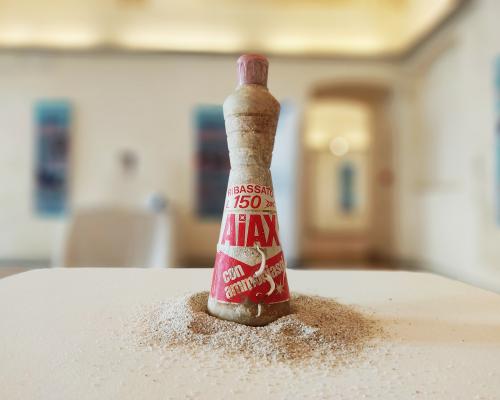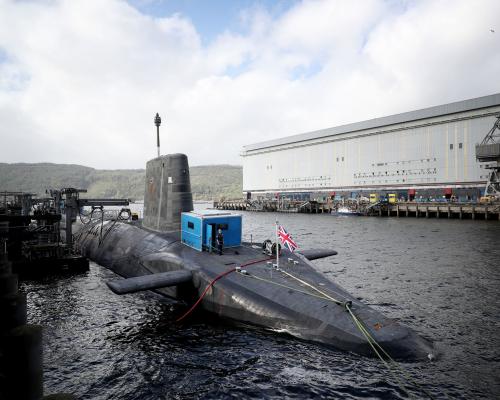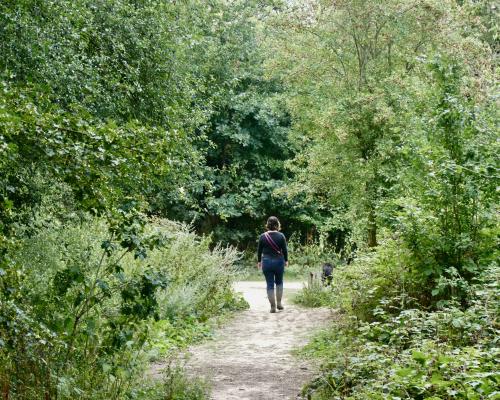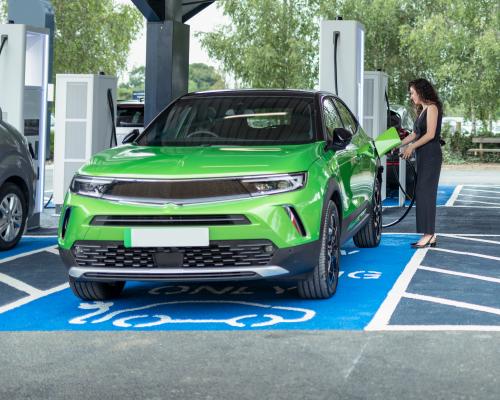
Enzo Suma, a naturalist guide, has always picked up rubbish during his walks along Carovigno beach, a stretch of coastline lapped by clear blue waters close to his home in Salento, an area of Puglia in the heel of Italy’s boot.
During one walk, Suma, 44, spotted a washed-up bottle of Ambre Solaire sunscreen. He was about to throw it away when he noticed something unusual: the price printed on the bottle was in lire, meaning it must have been produced before the euro replaced the lira in Italy.
In fact, after delving further, he was astonished to discover that the bottle dated back to the late 1960s.
A clear testament to the longevity of plastic and its persistence in the environment, the vintage suntan lotion became the catalyst for Suma’s creation of Archeoplastica, an online museum that comprises more than 500 plastic relics washed ashore on beaches all over Italy.
“Whereas before I didn’t pay too much attention to what I collected, from that moment on I started to look at everything very, very carefully,” said Suma, who studied environmental science at Ca’ Foscari university in Venice before returning to Puglia.
He added: “It’s one thing to be taught that plastic lasts for centuries and never degrades, and another to see it with your own eyes.”
About 11m tonnes of plastic waste ends up in the world’s oceans each year via rivers or after being dumped by people along shorelines or chucked into the sea from fishing vessels.
A new expert review published last week warned that plastics were a “grave, growing and under-recognised danger” to human and planetary health.
The review concluded that the world was in a “plastics crisis”, the driver being the huge acceleration in plastics production since the 1950s. The timeline of relics gathered by Suma and his volunteers across Italy demonstrates this.
One of the oldest finds – a 1958 bottle cap featuring the trademark Moplen that was found on a beach in Emilia-Romagna region, northern Italy – points to the beginning of the plastic-production era. Moplen was the commercial name for isotactic polypropylene, a plastic material developed by the company Montecatini.
Other discoveries include a pink polyethylene bottle for talcum powder that was made in Germany in the late 1950s; a blue tub of hand cream dating to the 1960s with the brand name Gli Sette still clearly visible; and a clown-shaped bottle once filled with honey that was produced and only ever sold in Greece, also in the 1960s, but which turned up on a beach in the Lecce area of Puglia.
Finds of products made in subsequent decades include a Spic & Span bathroom cleaning powder from the 1970s, a Nesquik tub from the 80s and the remains of a souvenir Italia ‘90 World Cup football.
The most recent discovery, which is yet to be officially added to the Archeoplastica inventory, is a 45rpm vinyl record picked up on a beach by a seven-year-old boy who was in Puglia on holiday with his family.
After Suma’s nephew miraculously managed to bend the record back in the shape, it was played on an old turntable and was revealed to be Jimmy Fontana’s Il Mondo, a song released in 1965.
“This find struck me a lot,” said Suma. “The record jumped a lot but you could clearly make out the song.” Barnacle encrustations found on the record indicated that it had been floating in the sea for quite some time.
Most of the work by Suma and his team is done during autumn and winter, when tonnes of plastic waste is left behind by beachgoers and authorities pay less attentionto keeping the beaches clean.
The vast majority of waste they find are single-use plastics such as bottles, bags, fast-food containers and straws.
The objective of Archeoplastica, which occasionally exhibits its finds at traditional museums, is to raise awareness and encourage people to limit their use of plastic.
But from Suma’s experience, the problem is only getting worse, especially with no meaningful progress towards limiting plastic production.
The sea, meanwhile, is taking its revenge. “The ocean is spitting our rubbish back in our faces,” he said.







